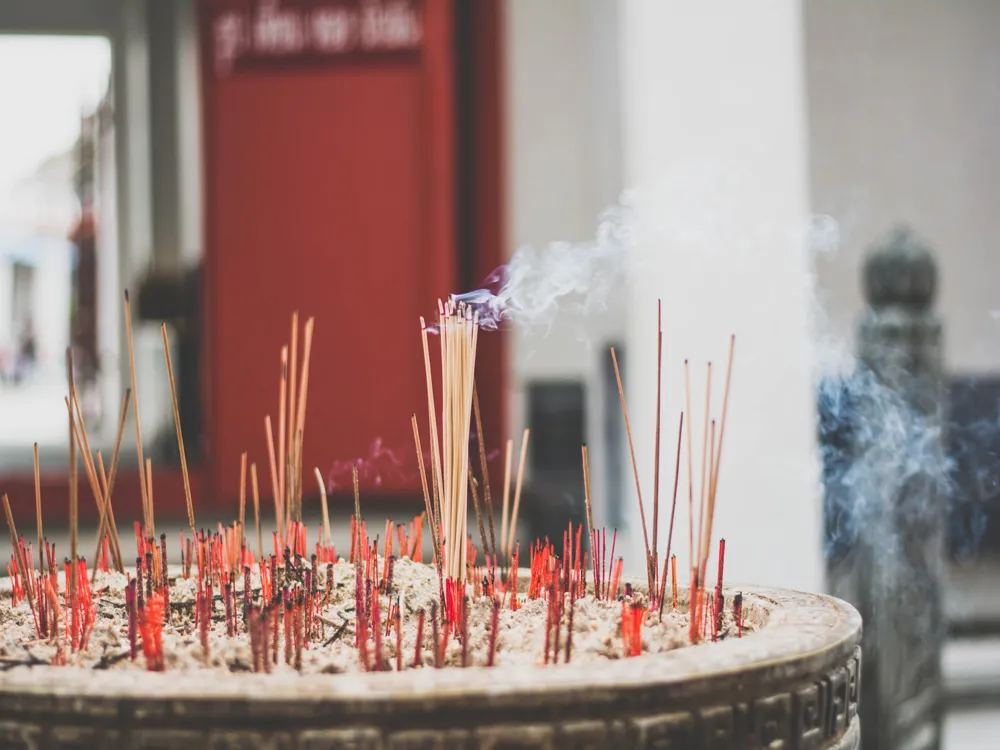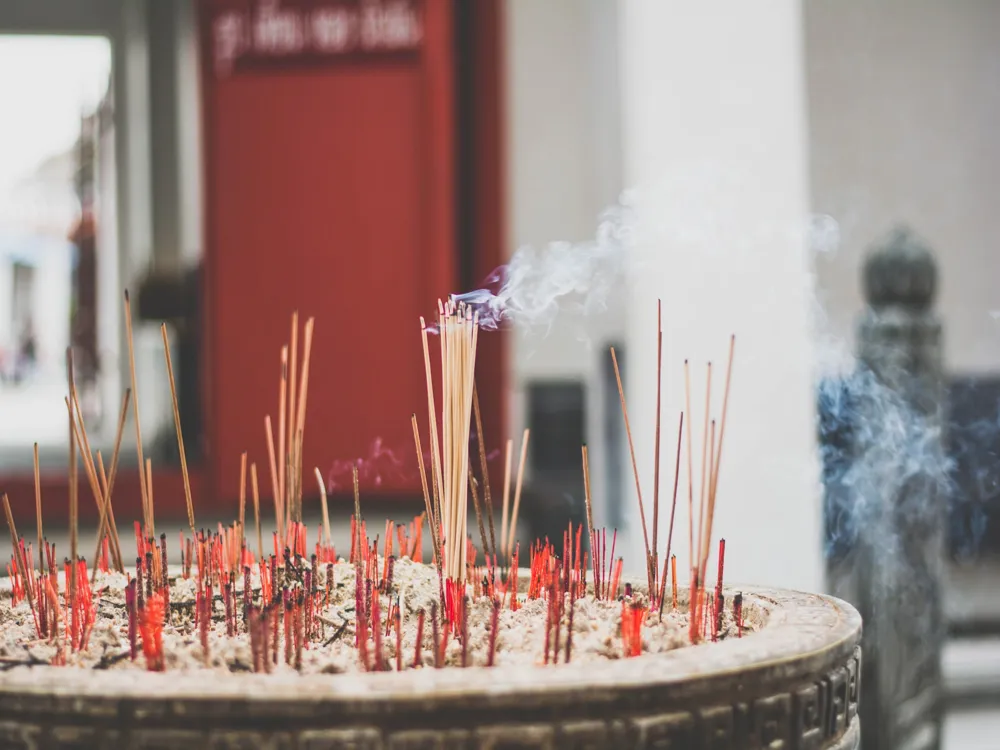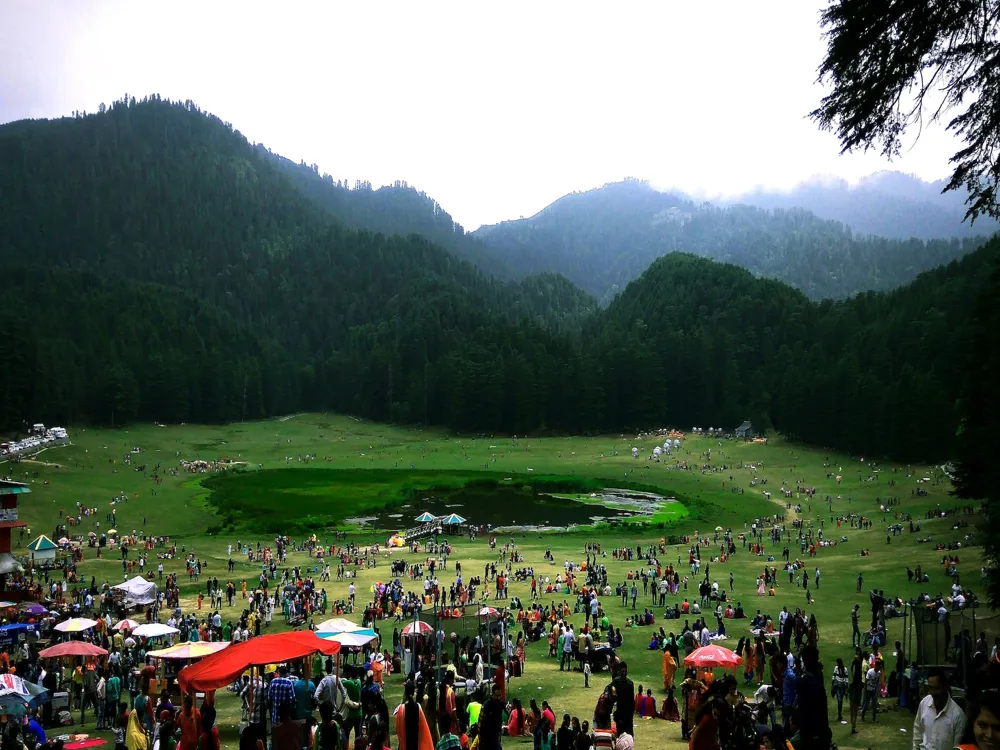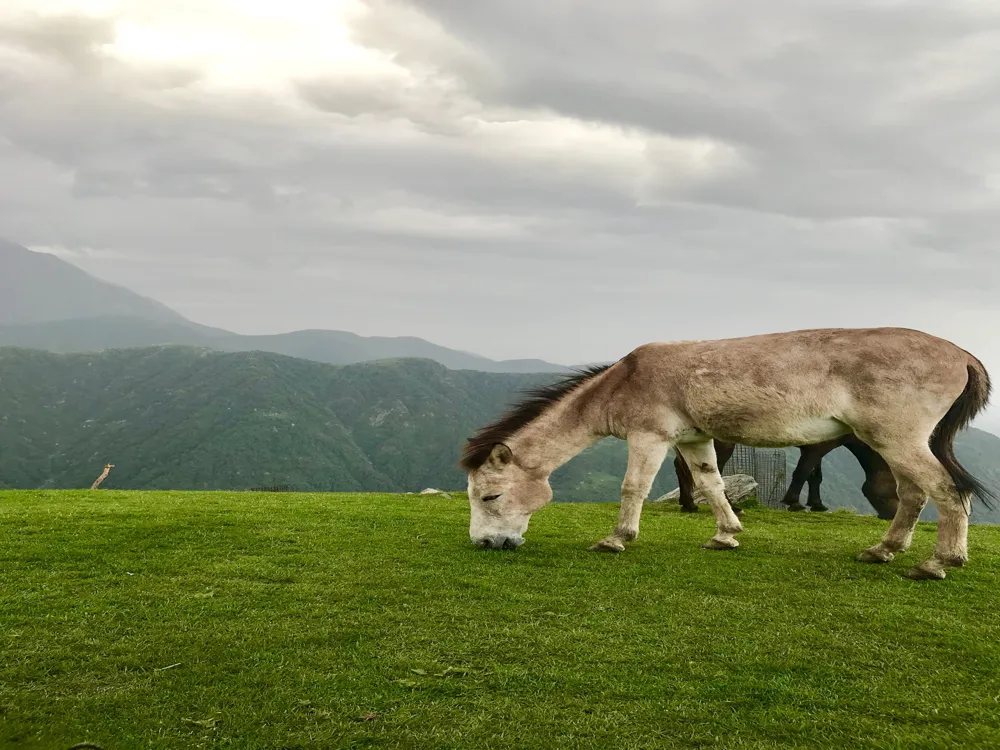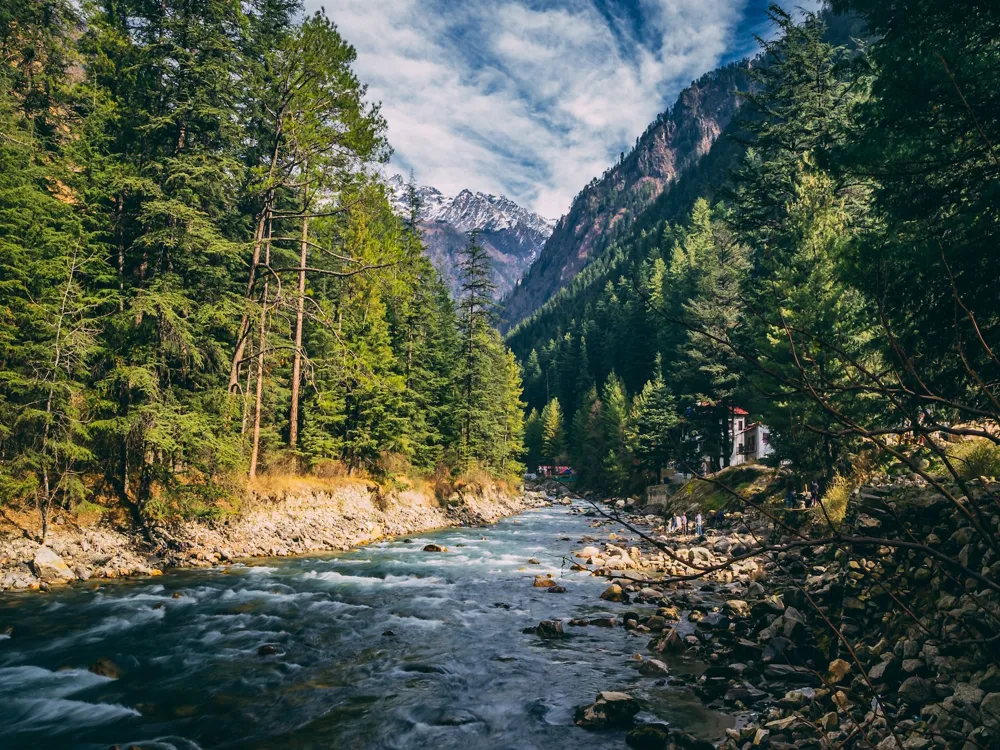Nestled in the serene and picturesque landscape of Mcleodganj in Himachal Pradesh, the Baglamukhi Temple stands as a beacon of spiritual solace and cultural heritage. Revered as one of the most sacred temples in the region, it is dedicated to Goddess Baglamukhi, one of the ten Mahavidyas in Hinduism. This temple not only attracts devotees from all over India but also catches the attention of international tourists who visit Mcleodganj in search of peace and spirituality.
The temple's history is as fascinating as its architecture. Legend has it that centuries ago, the power of Goddess Baglamukhi was invoked here to bring about a halt to a devastating storm that threatened the region. Since then, the temple has been a symbol of hope and divine intervention. The deity, Goddess Baglamukhi, is believed to have the power to paralyze enemies and control negative forces, making her an embodiment of strength and protection.
Visitors to the temple are immediately struck by its tranquil atmosphere. The temple premises, surrounded by lush greenery and the majestic Dhauladhar ranges, provide an ideal environment for meditation and introspection. The temple serves not only as a place of worship but also as a cultural hub, preserving various aspects of Himachal's rich heritage and traditions.
The Baglamukhi Temple also plays a significant role in the local community. It is a center for various social and cultural activities, including festivals and fairs that are celebrated with great enthusiasm. These events provide a glimpse into the vibrant culture of Himachal Pradesh and offer a unique experience to visitors.
The architecture of Baglamukhi Temple is a splendid example of traditional Himachali craftsmanship blended with sacred geometry. The temple, primarily constructed from locally sourced wood and stone, stands as a testament to the architectural genius of ancient Indian artisans. The design elements reflect a deep understanding of aesthetics, spirituality, and the environment.
Upon entering the temple, one is greeted by intricately carved wooden doors that depict various deities and mythological scenes. These carvings not only serve as a visual treat but also narrate stories from ancient scriptures. The use of wood in the structure is particularly noteworthy, as it resonates with the natural surroundings and adds a warm, inviting feel to the temple.
The inner sanctum of the temple, where the idol of Goddess Baglamukhi resides, is an artistic marvel. The idol, adorned with vibrant clothes and jewelry, exudes a divine aura that captivates the hearts of the devotees. The walls around the sanctum are adorned with murals and paintings that depict the life and teachings of Goddess Baglamukhi, offering a visual narration of her divine powers.
Another notable feature of the temple's architecture is its alignment with the principles of Vastu Shastra, an ancient Indian science of architecture and space. The temple is designed in such a way that it harmonizes with the cosmic energies, creating an environment that is spiritually uplifting and peaceful.
The temple complex also includes several ancillary structures, such as a community hall, a meditation center, and living quarters for the priests. These structures, though simpler in design, are in harmony with the main temple, maintaining the aesthetic continuity and spiritual ambiance of the entire complex.
Visitors are advised to dress conservatively, covering shoulders and knees, as a sign of respect towards the temple's religious significance. While photography may be allowed in some areas, it is prohibited inside the main temple. Always check with temple authorities before taking any photographs. Be mindful of the temple customs such as removing shoes before entering the temple premises, and maintaining silence inside the sanctum. Engage with the local culture and participate in any ongoing religious ceremonies or festivals, but always with respect and permission from the temple authorities. The ideal time to visit the temple is during the early morning or late evening for a more serene experience. Also, visiting during the festive seasons provides a unique cultural insight.
Reaching Baglamukhi Temple is a journey that is as mesmerizing as the destination itself. The temple is well-connected by road and is accessible from major cities in Himachal Pradesh and neighboring states. The nearest airport is at Gaggal, approximately 20 kilometers from Mcleodganj. From the airport, one can hire a taxi or take a bus to reach the temple. For those traveling by train, the nearest railway station is at Pathankot, from where Mcleodganj is about 90 kilometers away. Regular bus services and taxis are available from Pathankot to Mcleodganj. Once in Mcleodganj, the temple is a short drive away and can be easily reached by local transport.
The journey to Baglamukhi Temple is not just about reaching a destination; it's about experiencing the beauty and tranquility of Himachal Pradesh. The winding roads, surrounded by lush greenery and the majestic Himalayas, set the tone for the spiritual journey ahead.
Overview of Baglamukhi Temple, Mcleodganj, Himachal Pradesh
Architecture of Baglamukhi Temple
Tips When Visiting Baglamukhi Temple
Dress Appropriately
Photography Guidelines
Follow Temple Etiquette
Local Customs and Traditions
Best Time to Visit
How To Reach Baglamukhi Temple
Baglamukhi Temple
Mcleodganj
Himachal Pradesh
₹ 4,000 onwards
View mcleodganj Packages
Weather :
Tags : Temple
Timings : 24 hours
Time Required : 1-2 hrs
Entry Fee : No entry fee
Planning a Trip? Ask Your Question
Mcleodganj Travel Packages
View All Packages For Mcleodganj
Top Hotel Collections for Mcleodganj

Private Pool

Luxury Hotels

5-Star Hotels

Pet Friendly
Top Hotels Near Mcleodganj
Other Top Ranking Places In Mcleodganj
View All Places To Visit In mcleodganj
View mcleodganj Packages
Weather :
Tags : Temple
Timings : 24 hours
Time Required : 1-2 hrs
Entry Fee : No entry fee
Planning a Trip? Ask Your Question
Mcleodganj Travel Packages
View All Packages For Mcleodganj
Top Hotel Collections for Mcleodganj

Private Pool

Luxury Hotels

5-Star Hotels

Pet Friendly







